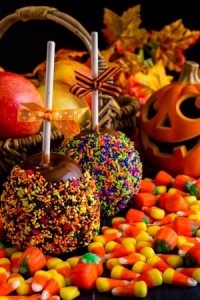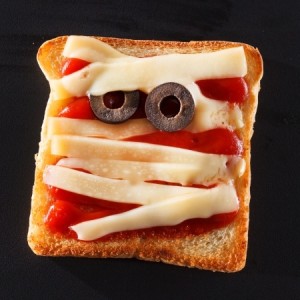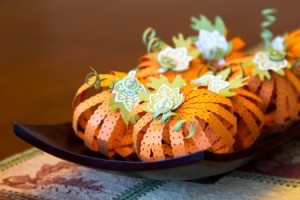 Do you like putting lights on your home for the holidays? Here are a few ideas for making a plan to create a lovely light display.
Do you like putting lights on your home for the holidays? Here are a few ideas for making a plan to create a lovely light display.
Measure your home. To ensure that you get enough lights to cover your roof line or porch or to go around your front windows, measure before you go shopping. When you buy your lights, look at the length of each strand rather than the number of lights. Double check to see how many light strands you can link safely.
Choose a color scheme. Do you want multi-colored lights everywhere? Or would all white or all blue lights suit your style better? Homes with different groupings of colors also look appealing. Make a plan while looking at your house rather than while standing in the store.
Start simple. You don’t have to completely decorate the house the first year. Start with outlining the roof and then light your trees or bushes over the upcoming years. Even a few lights make a nice show on a house.
Look for LED lights. LED lights burn cooler and are safer. You can link more of them together, making your options more flexible. And although they are pricier to buy, they are also less expensive to run, allowing you to decorate without a blow to your utility bill for the month.
Set your lights on a timer. With an inexpensive timer such as those designed to make your home look lived in when you’re out of town, you can set your lights to go on at dusk and turn off at an appropriate time such as 10 or 11 p.m. That way once your lights are up you don’t have to remember them every night. You have enough to think about during the holidays.
Step out to the street and enjoy. You worked hard to make your home look festive; take a minute to appreciate your efforts.


















